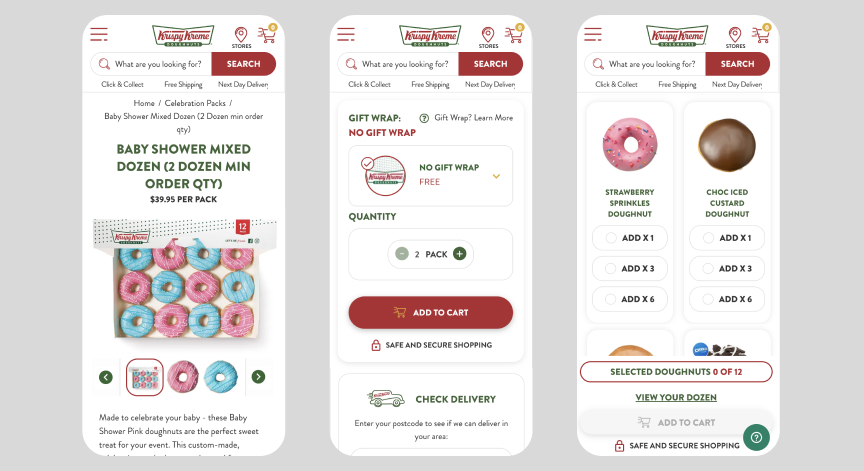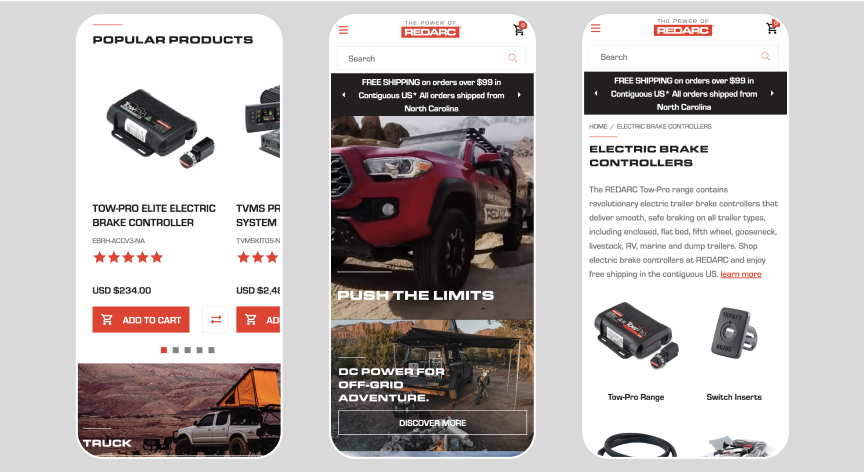In recent years, the Direct-to-Consumer (D2C) commerce landscape has witnessed major growth, rewriting the rules of global retail. Online purchases have played a pivotal role in reshaping this environment, accounting for nearly 20 percent of total global sales in 2022. This is projected to surge to nearly a quarter of all global sales by 2025.
The rise of D2C commerce isn’t just a trend; it’s a fundamental shift in how businesses engage with their customers. Understanding its scale and impact sets the stage for exploring the strategies that are transforming D2C commerce.
Embracing first-party data
Data isn’t just valuable; it’s the cornerstone of D2C success. To thrive in D2C, it’s imperative to deeply understand your customers, engage in meaningful interactions and cater to diverse audience segments.
However, a significant challenge often arises – scattered data sources. Surprisingly, even with technological advancements, research from Adobe shows seasoned and newcomer brands often fall short of harnessing the full potential of customer data and digital technology in customer engagement.
Brands must fully embrace a first-party data strategy to overcome this hurdle. This entails leveraging data obtained directly from customer relationships, with a keen focus on ensuring that these insights are not only accurate but also up-to-date.
Adobe APAC Digital Strategy Group Principal Strategist, Scott King, underscores this point, stating: “Strategically harnessing first-party data empowers D2C brands to unlock invaluable insights into customers’ behaviours and preferences. This treasure trove of data reveals transactional nuances and intent signals, which are the essential building blocks for crafting personalised experiences and finely tuned D2C commerce opportunities.”
The importance of experiential commerce
Repeatable purchases are the lifeblood of D2C customer retention. Yet, it’s not just about leveraging technology; it’s about infusing a personal touch into every interaction to stand out in a crowded market.
Creating experiential commerce, which encompasses innovative offerings such as online-only bundles, dynamic subscriptions, and more, is not solely about personalisation; it’s also about crafting memorable moments for customers.
Despite this, 93% of APAC organisations currently lack the ability to target customers based on prediction and intent, highlighting the untapped potential for personalised and dynamic customer journeys.
To thrive, D2C brands need to cross the boundaries of conventional shopping and create emotional connections with their customers, thus driving loyalty and digital community growth.
Take Krispy Kreme ANZ, who launched a Baby Shower Mixed Dozen, exclusively available through online pre-orders.
At its core is what Krispy Kreme refer to as the concept of ‘Digital Celebration.’ It goes beyond offering unique products; it’s about curating bespoke collections tailored for specific customer groups. Through their D2C channel, Krispy Kreme have harnessed the digital era’s potential for celebration, creating several unique offerings tailored for joyous occasions.

Krispy Kreme ANZ eCommerce & Digital Marketing Manager Carolina Figueiredo said: “D2C product differentiation reflects our dedication to crafting moments of delight that resonate in the digital landscape. Our customers now recognise that these special treats are accessible solely through our online platform, increasing the opportunities for celebratory experiences with us.”
Unified multi-brand experiences
Managing multiple brands, audiences and facets in D2C commerce can be a formidable challenge, especially when utilising a patchwork of disconnected systems catering to diverse consumers and brand aspects.
Enter the unified multi-brand eCommerce platform, a true game-changer for D2C. These robust solutions empower brands to seamlessly create and manage content, products, and digital experiences within a cohesive hub.
Whether juggling multiple brands, overseeing international operations, or managing various business models, this approach simplifies your operations and provides the flexibility and efficiency needed to create unified brand experiences that reach a broader audience.
Consider the case of Australian-owned business REDARC Electronics. They implemented a unified platform to harmonise consumer and trade customer experiences while expanding their digital commerce into new regions.

REDARC Electronics Marketing Manager ANZ, Taylor Boyley, highlights their success: “We’ve streamlined our global operations, enabling us to craft personalised, engaging journeys for our retail and trade customers. With a single platform as our foundation, we’ve gained the agility to foster growth.”
Looking ahead
It’s clear that the landscape of D2C is evolving beyond online presence. These three standout strategies – first-party data, experiential commerce, and multi-brand platforms – are your allies in unlocking growth for your brand.
For more on these strategies, download Balance’s latest playbook: How to Overcome the Common Challenges of D2C Commerce.
Sebastian Klett is director of strategy & architecture at Balance.

